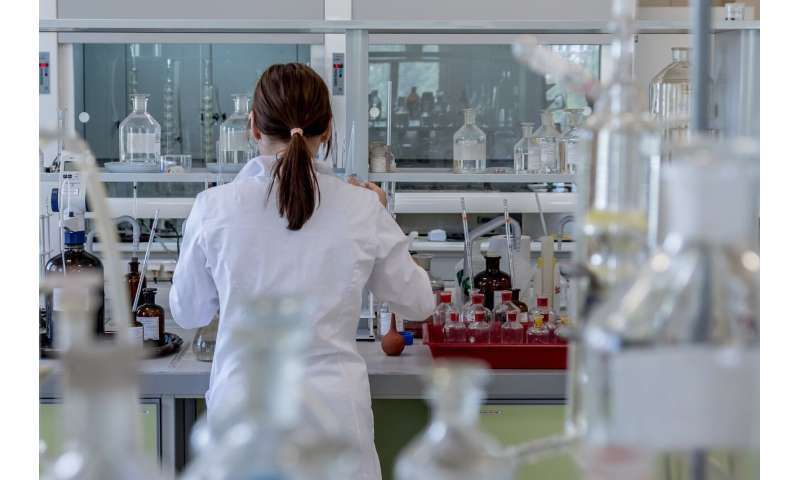
A new randomized trial examines the effect of automated clinical decision support on team evaluation of pediatric inpatients at high risk for acute kidney injury (AKI).
For patients in pediatric intensive care who are at high risk for AKI, giving clinicians automated decision support during the electronic order entry process increased the rate of blood testing for AKI by 9 percent. The study by researchers at Vanderbilt University Medical Center appears in the journal Pediatric Research.
AKI is the abrupt loss of kidney function. Along with posing various immediate dangers, difficulties and added costs, AKI is associated with subsequent increased risk of chronic kidney disease. The incidence of AKI in large pediatric intensive care units has been estimated at 27-42 percent, while for non-ICU pediatric admissions it’s been estimated to be 5 percent.
“Pediatric acute kidney injury is an eventual common pathway with many causes, from the acute problems that send children to the hospital to kidney-related side effects of various drugs we use in the hospital to treat these diseases and conditions,” said Sara Van Driest, MD, Ph.D., assistant professor of Pediatrics and Medicine and a leader of the study.
For every admission to Monroe Carell Jr. Children’s Hospital at Vanderbilt over a 10-month period, Van Driest and colleagues used an electronic algorithm to automatically calculate AKI risk based on routine electronic health record information. A random half of admissions were eligible to have personalized AKI decision support issued to their clinicians during routine hospital order entry. (This randomization was based simply on whether the medical record number was odd or even.) For patients in the group receiving the decision support, when AKI risk was 50 percent or greater and no blood test for AKI had yet been ordered, at the moment of order entry clinicians received an automated suggestion to consider ordering the test.
In the pediatric intensive care unit, without this automated decision support the rate of blood testing for AKI among high-risk patients was 60.5 percent, and with the automated decision support the rate was 69 percent. Elsewhere in Children’s Hospital, where rates of AKI are much lower, the automated decision support had no effect.
Source: Read Full Article
